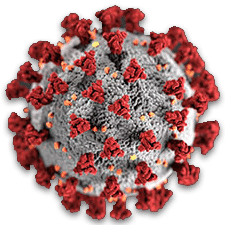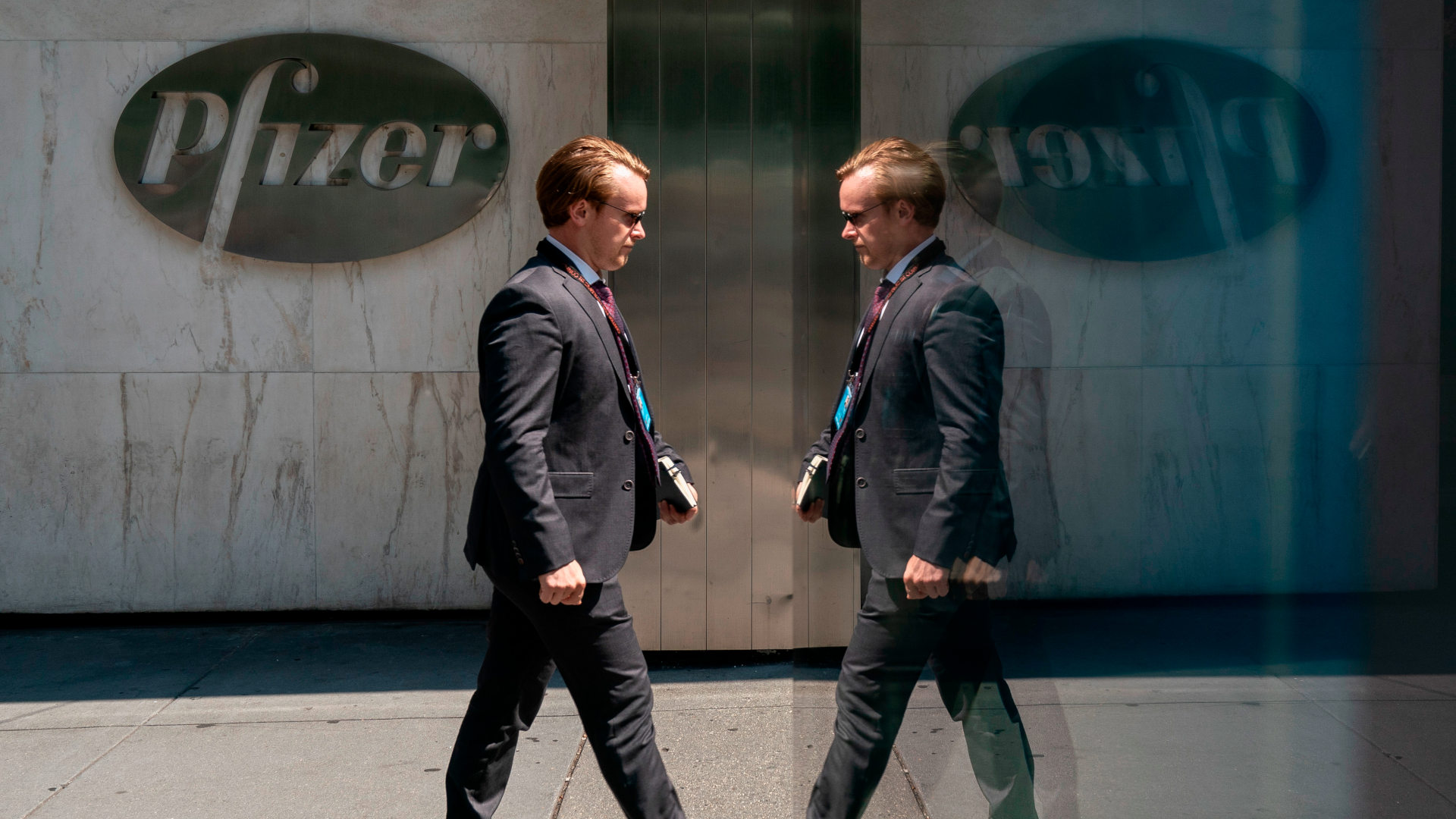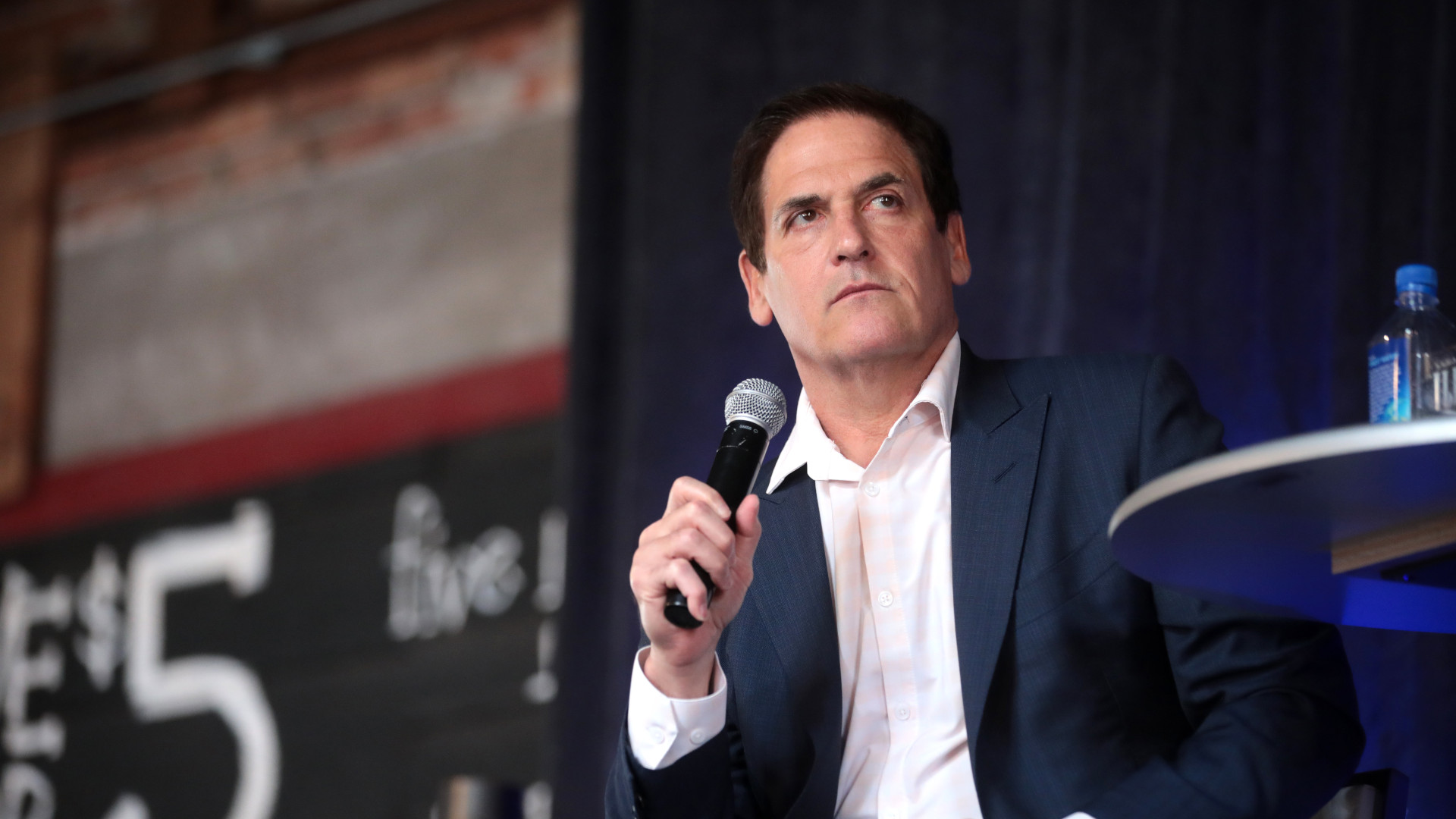When Covid-19 vaccines arrived in the winter of 2020, the much-heralded shots put a spotlight on the big pharmaceutical companies that had brought them to market — especially Pfizer and Moderna. It could be easy to miss one important detail: Those vaccines, like many of those companies’ flagship products, would not have been possible without public funding.
By one estimate, the National Institutes of Health spent $17 billion on vaccine technologies fundamental to the Covid-19 vaccine. More recently, the United States’ Operation Warp Speed poured billions into development. And according to a 2021 study, 95.5 percent of the funding behind AstraZeneca’s vaccine came from the British government.
Despite this massive influx of public cash, the resulting Covid-19 vaccines raked in huge profits for the corporations that brought them to market. Moderna’s vaccine, for example, created at least five billionaires — an illustration of the current drug development system in which research is publicly funded, but corporations profit.
Pharmaceutical companies often reap the rewards of public spending. In fact, in the U.S, every new drug approved by the FDA between 2010 and 2019 has relied on grants from the NIH. Meanwhile, the companies sometimes turn around and charge the public exorbitant prices for the same drugs their tax dollars helped create.
Part of the problem is an outdated licensing system that allows private companies to buy exclusive rights to use publicly funded research, with few strings attached. Many of these issues stem from the way intellectual property, or IP, is licensed in the U.S. and some other wealthy countries. Making changes to the way we fund research and license drugs could help treat millions of people, particularly in developing nations.
Typically, when a scientist conducts research at an institution, the IP — meaning any novel innovations they produce, such as a new drug — belongs to the institution, rather than the scientist who did the work or the funder who paid for it. This arrangement is in large part thanks to the 1980 Bayh-Dole Act, which allows universities to patent inventions even when taxpayers funded the research. After the research is done, the institution can sell the IP to a corporation through a technology transfer agreement, and the company can bring it to market. After that point, as owners of the IP, companies have the freedom to set prices and make other key sales decisions.
This model has been championed as a way to encourage innovation, but those private companies are obliged to deliver the maximum return to shareholders rather than to ensure the greatest possible reduction in human suffering.
A better model is possible — one which allows for drug innovation while keeping drugs accessible and affordable for everyone.
For example, the Universities Allied for Essential Medicines, or UAEM, has proposed a global access licensing framework, in which patents are only employed “when truly necessary” and any barriers to formulating generic alternatives — which tend to be much less expensive — be removed.
This change starts with research institutions. Universities should stipulate in their technology transfer agreements that they would not use patents to prevent generic competition in places where the list price of the drug was unattainable based on average income, and they would only sign contracts to sell IP where the buyer, such as a pharmaceutical company, agreed to do the same. Research institutions would also not use their IP rights to challenge further research from other institutions that might result in new drugs or compounds more suited to use in low-income countries (for example, ones that could be stored outside of a refrigerator).
The potential harms of the current licensing model — and how they ripple out beyond countries like the U.S. and Britain — are evident in the drug enzalutamide, which is used to treat prostate cancer. It was discovered and patented at the University of California, Los Angeles in 2006, using funding from NIH and the Department of Defense, and has since been classified as an essential medicine by the World Health Organization. But UCLA licensed the drug out. It is now produced by Pfizer and sold under the brand name Xtandi.
Xtandi is highly effective, but it costs almost $13,000 per month, and even patients in the U.S. struggle to afford it. Meanwhile, in order to protect their patent, UCLA challenged a decision that made generic versions of the drug available in India, taking their case as far as a high court in New Delhi. UCLA won, and enzalutamide is now only available under the brand name of Xtandi in India, where it costs nearly 30 times the average per capita income, making it inaccessible for many.
 |
For all of Undark’s coverage of the global Covid-19 pandemic, please visit our extensive coronavirus archive. |
A global access model would have allowed for generic competition in India and other low-income markets. With global access provisions in contracts as a standard, UCLA could have avoided negative publicity and a lengthy court case, and — more importantly — saved lives. Because institutions cannot necessarily be trusted to do what is best for the common good, funders, such as NIH, should make it a global access licensing model a condition of grant awards.
The need for accountability is evident in the case of Oxford University’s Covid-19 vaccine. Researchers at that institution (who are likely well aware of the pitfalls of the current model), proposed that licensing for their discoveries be available as “non-exclusive” and “royalty free.” But external pressure led them to abandon this promise. The IP was sold to AstraZeneca, which committed to selling the vaccine at-cost for the duration of the pandemic. In late 2021, it claimed the pandemic had moved to an “endemic phase” and moved to a for-profit model, yielding $1 billion in profit that same quarter.
By making sure universities commit to enforcing their patents with the goal of reducing human suffering, and allow for generic competition in markets where drugs are not affordable to most people, we can save hundreds of thousands of lives with tiny profit sacrifices for some of the wealthiest corporations on the planet.
This change requires government action, and a change in how universities see intellectual property. It will undoubtedly face pushback from pharmaceutical interests. But publicly funded research should benefit people first, not corporations.
James Stout, Ph.D., is a journalist and historian living with diabetes. He has more than a decade of public health volunteering experience.











